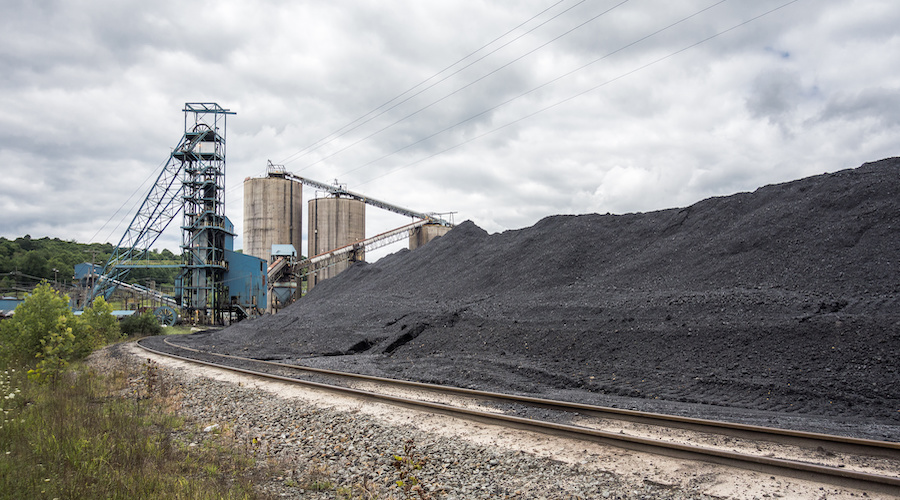FPX releases ‘large-scale’ PEA for Baptiste, shares up

Based on a pre-production capital cost estimate of $1.67 billion, and a long-term nickel price of $7.75 per lb., the after-tax net present value estimate for the development comes in at $1.72 billion, at an 8% discount rate, with an 18.3% internal rate of return and a four-year payback period.
Midday Wednesday, FPX’s stock was up 9% on the TSXV
In the press release, Turenne also highlighted the unique advantages of the Baptiste project in the nickel development space.
“With its proximity to zero-carbon hydroelectric power, the fact that its nickel product can bypass smelters for direct sale to end users, and the carbon-absorbing properties of the Baptiste host rock, the project is well positioned to address the growing market demand for environmentally sustainable nickel production.”
The processing flowsheet developed for the PEA includes traditional grinding, magnetic separation and flotation to generate a nickel concentrate, grading 63% nickel. This concentrate would then be dewatered, filtered and briquetted into a saleable ferronickel product, made up of 60% to 65% nickel and 30% to 32% iron. The flotation would also generate magnetite-rich tailings, with further sale potential.
The briquettes (with an estimated output of 200 tonnes per day) would be trucked to a new, off-site rail transfer facility, nearby an existing rail line. The railcars would then transport briquettes to the Prince Rupert port terminal, for delivery to Asian ports.
Based on this latest study, FPX has identified opportunities to optimize the project economics. These include potential applications of the nickel-cobalt Baptiste flotation concentrate in the electric vehicle battery market, sale of the iron-rich by-product, additional resource growth as well as carbon sequestration options (FPX started field tests earlier this month).
Along with the economic assessment, the company has also provided an updated resource for Baptiste. Indicated resources stand at 2 billion tonnes, grading 0.122% DTR (Davis tube recoverable) nickel, for a total of 2.4 million tonnes of nickel, with a further 592.9 million inferred tonnes, at 0.114% DTR nickel, containing a further 675,895 tonnes of nickel. These resources are based on a 0.06% nickel cut-off grade.
The current resource model covers approximately 3 km of strike, is 150 metres to 1,080 metres wide and extends down to a depth of 540 metres; with an average of 12 metres of overburden. The deposit remains open for expansion.
The Decar nickel project covers approximately 245 sq. km and lies 90 km northwest of Fort St. James in central B.C. The property features nickel mineralization within awaruite, a nickel-iron alloy.
Midday Wednesday, FPX’s stock was up 9% on the TSXV. The company has a C$137 million market capitalization.
(This article first appeared in the Canadian Mining Journal)




